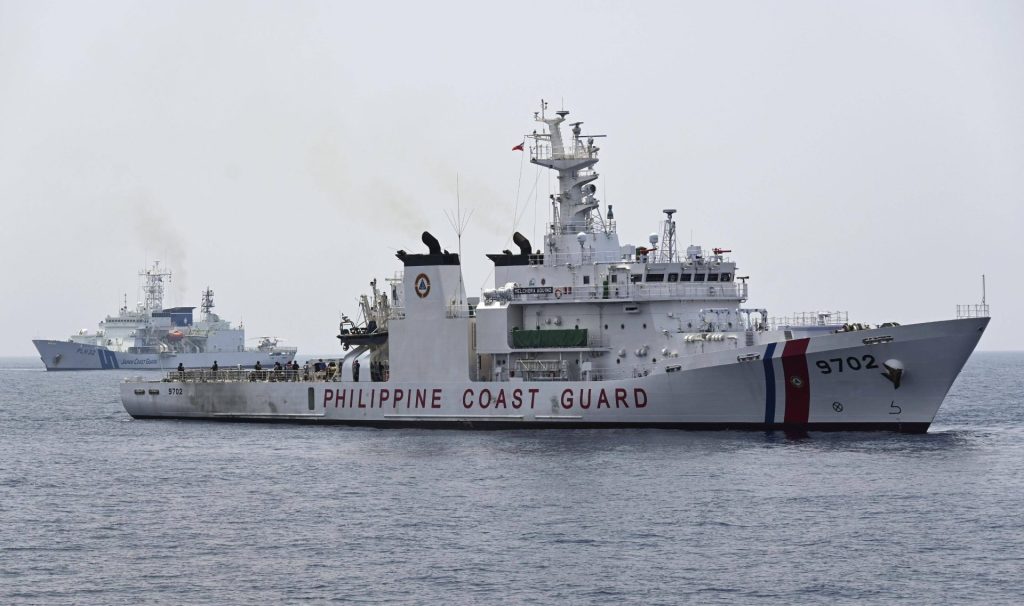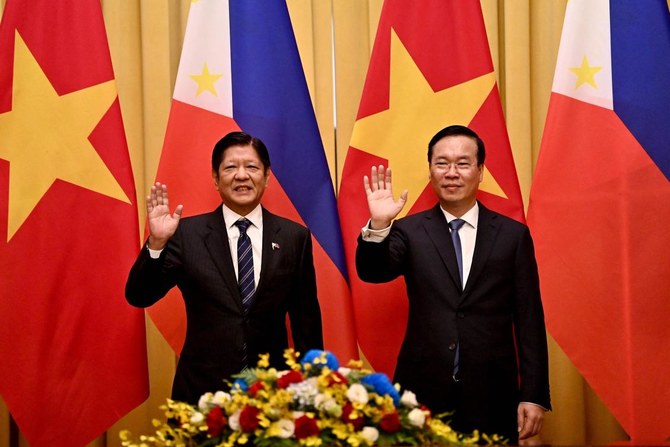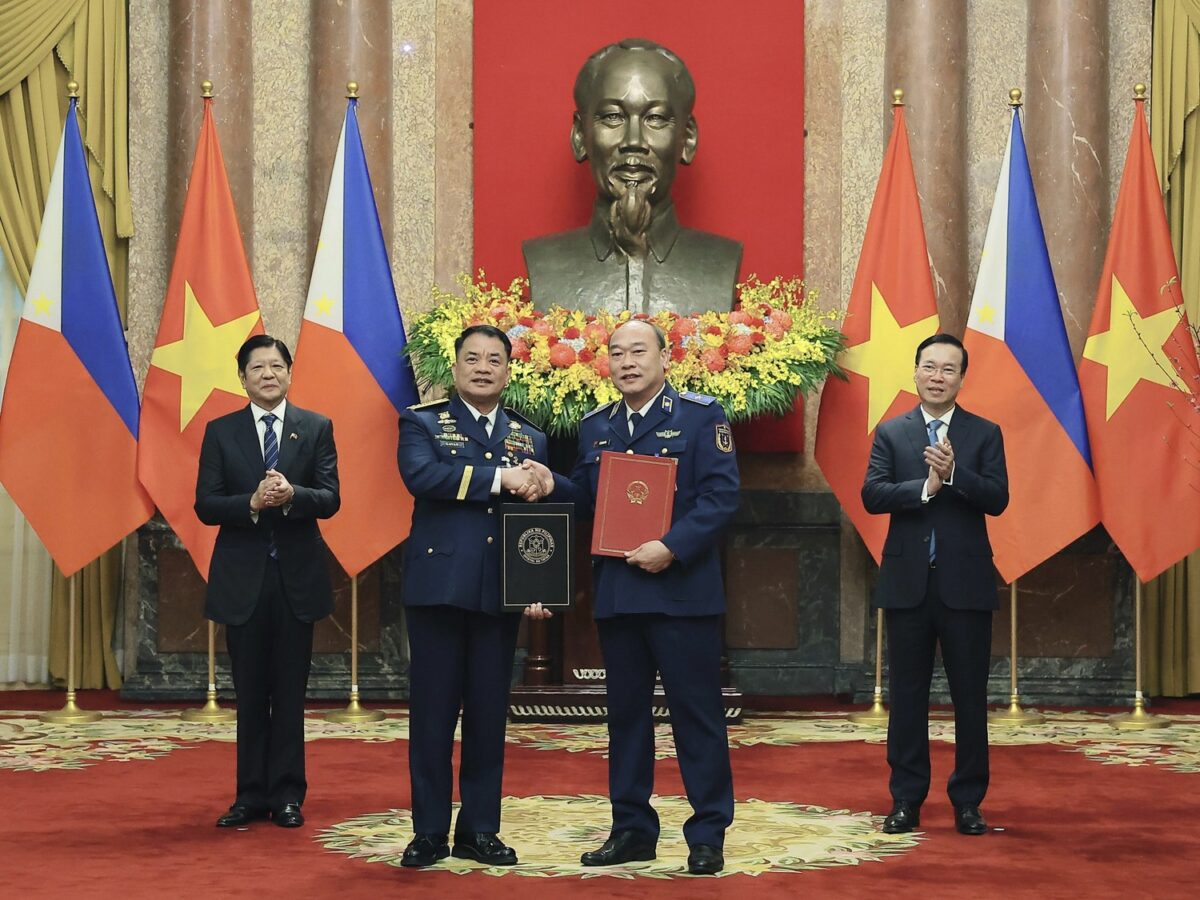Introduction
On January 30, 2024, the Philippines President Ferdinand Marcos Jr. signed two significant agreements with Vietnamese officials intended to boost maritime security cooperation in the South China Sea, while on a state visit to Hanoi, Vietnam. The agreement between Vietnam and the Philippines came at a time when Beijing and the Philippines have been engaged in tense standoffs in the disputed seas in recent months, and Chinese ships fired water cannons at Philippine vessels. The agreement is being recognized as a pillar of maritime security and deepening of the strategic cooperation between Vietnam and Philippines. This will also support the joint efforts of the coastguards of the two nations to manage and prevent incidents in the disputed waters. Moreover, this partnership seeks to create guidelines for handling future conflicts, avoid misconceptions, and mitigate tense situations. However, tensions are still high along the strategically important waterway, with over $3 trillion in yearly ship commerce. China claims nearly the whole South China Sea, whereas Philippines, Vietnam, Indonesia, Malaysia, and Brunei have also competing claims to different islands and reefs.

Philippines Military Modernization
The Philippine government has approved ‘Re-Horizon 3,’ a new plan for military modernization that could cost up to two trillion pesos ($35 billion) over ten years. The Re-Horizon 3, which was signed by President Ferdinand Marcos Jr., is the result of a modernization project that was started in 2013 and was divided into three phases due to China’s presence in the South China Sea. The adoption of the Re-Horizon 3 plan is being considered as a significant move in the Philippines’ national security. The acquisition of modern weapons and equipment will help to counter threats, particularly that are emerging in the South China Sea. The primary objective of the strategy is to enhance the country’s capabilities in critical areas such as domain awareness, connectivity, surveillance, reconnaissance, and intelligence gathering.
The Philippines aims to improve its monitoring of territorial waters and airspace to better respond to any threats. Improved links will allow for better communication and coordination among all the forces, while surveillance and reconnaissance technologies will give real-time intelligence. The Re-Horizon 3 plan is an important step towards strengthening the Philippine defense system, but it is only one part of a larger effort due to the complex and evolving geopolitical landscape.

International Cooperation
In January 2024, a major advancement in the United States and the Philippines military cooperation was made when the two nations carried out their second joint patrol in the South China Sea. As a Maritime Cooperative Activity (MCA), the joint patrol comprised four Philippine Navy ships and four U.S. Navy ships, USS Carl Vinson (CVN-70), USS Princeton (CG-59), USS Kidd (DDG-100), and USS Sterett (DDG-104). During their combined drills in the South China Sea, two destroyers of the Chinese People’s Liberation Army Navy monitored Philippine and American ships. The United States and the Philippines’ activities were denounced by Chinese Foreign Affairs Spokesman Wang Wenbin as “muscle-flexing, provocative military activities” after the MCA, calling on both nations to stop acting irresponsibly and to respect regional countries to maintain peace and stability in the South China Sea. Despite China’s objections, the Philippines is open to wider international cooperation for patrols in the disputed South China Sea. They have previously collaborated with the United States and Australia, and further partnerships are planned with Japan, New Zealand, the United Kingdom, Canada, and France. While China accuses them of meddling, the Philippines counters that China’s own actions pose the real threat to regional stability.
Conclusion
The South China Sea issue between China and the Philippines continues to escalate due to tough rhetoric. In response to recent incidents, such as the reported collision of Philippine and Chinese vessels on Second Thomas Shoal, both countries responded strongly. China’s official media issued a warning against provocations, and China was accused of manipulating information by the Philippines. Despite similar issues with China, Vietnam is developing security agreements with the Philippines, which could further exacerbate tensions. In January 2024, China held military drills in the South China Sea, while the United States and the Philippines also conducted joint exercises in the same waters. The high-seas clashes are raising worries of a wider conflict. Therefore, in this complicated geopolitical situation it is crucial to reach a peaceful resolution through dialogue and diplomacy with continued efforts and dedication from all sides to avoid and unintentional escalation and miscalculations in future.

Research Associate, Pakistan House



